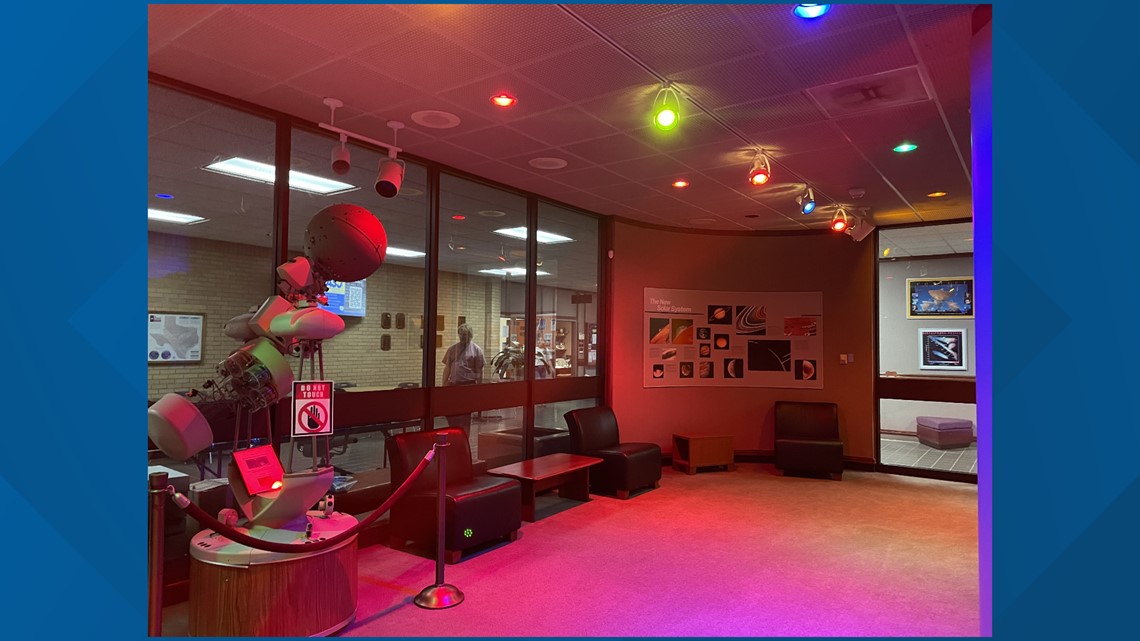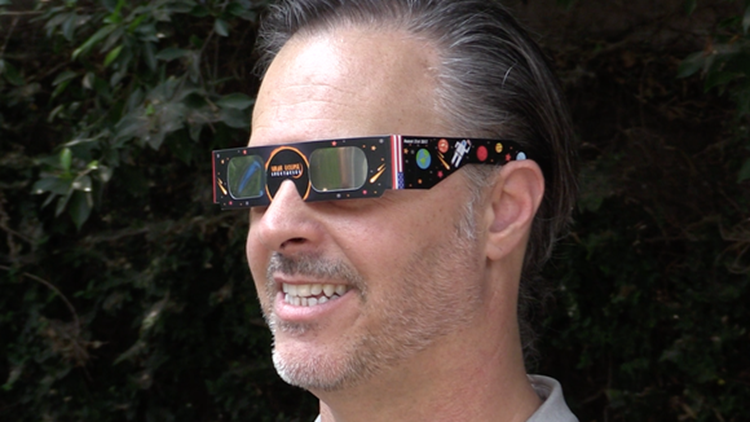TEXAS, USA — An annular eclipse happens when the moon covers most of the sun, creating a darkness in the sky where there would typically be sunlight.
This hasn't happened in the United States since 2012, and won't occur again until 2041.
On Oct. 14, varying cities in North, South and Central America will have a view of the Ring of Fire for themselves, with West Texas included.
"So two weeks ago the moon was close to the earth, halfway around its orbit will be Saturday and it's a little bit farther so the moon appears a little too small to cover the entire sun so it's just gonna cover that central region of the sun and you'll see a ring of the sun around the outside of the moon," Angelo State associate professor and university planetarium director Kenneth Carrell said.
The eclipse is set to be visible in Texas between 10 a.m. and 1:30 p.m. with the peak believed to occur at approximately 11:52 a.m.
During an event like this one, it is important to wear proper International Organization for Standardization (ISO) certified glasses to avoid permanent injury.
"So those [glasses] are a special type of filter, they block more than 99% of the sun's light and so you put those on indoors and you can't see a thing, you put them on outdoors and you still can't see a thing," Carrell said. "Only when you look at the sun does light pass through."
Staring directly at the sun during the eclipse might not cause pain at first but it can lead to long-lasting retina damage because "Those same damaging rays are still going through your eye, it just doesn't appear quite as bright."
Protective eyewear can be purchased at convenience and grocery stores like Walmart and H-E-B.
Angelo State is one of many San Angelo locations hosting an eclipse viewing event Oct. 14 at the university planetarium, 2333 Vanderventer Ave.


This experience is free to the public from 10:20 a.m.-1:25 p.m. and will include activities, information, speakers, student and community groups and of course, certified glasses.
Texas is unique in that it will be part of the 125-mile wide path of totality along with parts of California, Nevada and New Mexico. For Carrell, he is excited to share this experience with the San Angelo community.
"I've been telling everybody, besides things like the birth of my kids, like really special things, the total solar eclipse is the coolest thing I've ever seen by far."
Go to AngeloStatePlanetarium to learn more.



